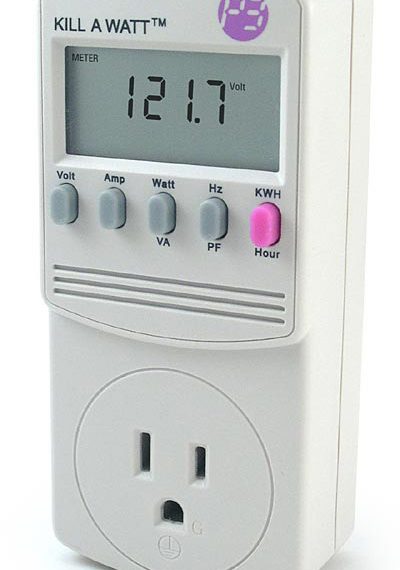Smart meters are electronic devices that store details like the consumption of electricity as well as voltage levels, current, and power factor. The smart meter monitors the consumption of utility energy generated by the outlet or system it is connected to. For instance, smart meters connected to a natural-gas line will track the number of terms consumed. Its “smart” attribute allows it to control the flow of resources like water, natural gas, or electricity. The meter is also operated via remote control. The market for smart meter is expected to grow at a rate of 7% during 2019 to 2028.
Types of Smart Mater
Smart meters are available in two different configurations: single-phase and 3-phase.
One major distinction between these two types is their energy consumption. Customers who use large quantities of power, like commercial and industrial companies, typically use a three-phase connection.
In contrast, the requirement for electricity in homes is typically much lower than that for industrial and commercial use. Therefore, utilities typically install single-phase energy meter connections for residential homes. Therefore, homeowners need a single-phase electricity meter to estimate their use.
Apart from these two standard types of meters, there are similar CT-PT, and distribution transformer-operated meters, based on your requirements.
3-Phase Energy Meter:
When we speak of a 3-phase energy meter, generally, it utilizes four wires for electricity. Three of the four are phase wires, and the fourth is neutral.
This metering method is ideal for high residential and industrial settings since it provides accurate three-phase calculation of motor amps.
A 3-phase meter is often used in two designs – delta and star.
There are generally two kinds of three-phase meters:
3-phases, Three wire meters: This is an amalgamation with two meters that are single phases. It utilizes a permanent horseshoe magnet.
Four-wire, 3-phase meter: This system comprises three coils and three aluminum discs. It is used to measure the kWh of a three-phase motor amps calculations. It is similar to electric three-wire, three-phase meters.
Advantages of using a 3-phase meter
Let us check some of the advantages of installing a three-phase energy meter :
- There are different phases that you can use to cover different rooms. So even if you lose one, you’ll remain with the power in the rooms connected to two operational phases.
- It is possible to distribute the load.
- It offers real-time and documented power consumption for more accurate 3-phase motor amps calculation.
Single-Phase Energy Meter:
Although many types of energy meters are available in the market, a single-phase meter is the most suitable to determine the amount of energy consumed by the home for a particular time.
The energy consumed daily by a household on the appliances is tracked through a single-phase energy meter.The most appealing feature of single-phase energy meters is that it is straightforward, as opposed to the 3-phase energy meter.
This meter needs a single phase to assist in dispersing the load. In simple terms, the meter requires only two wires for power transmission: one wire for phase and a neutral wire.
This makes a single-phase meter less efficient than a three-phase energy meter because it is less powerful for the distribution of an alternating current.
Advantages of a Single-Phase Energy Metre
Before buying a single-phase energy meter, it would be beneficial to understand its advantages clearly.
- It’s a multi-functional meter; you can even use it to pay for anti-theft features.
- The meter requires power that is low to function.
- It’s lightweight and offers a long shelf-life.
- Single-phase meters produce precise results.
- It’s compact and delivers top performance.
- The meter can bill in real-time.
Conclusion
Smart meters automatize the entire process of reading meters and significantly reduce the room for errors. Apart from that, it also allows precise cost estimation and decreases waste. Simply put, it provides efficiency and transparency to energy consumption.
In addition to these advantages, intelligent electric meters can also bring safety benefits in the form of safety advantages. For instance, a smart electric meter will help you identify and pinpoint irregularities. Additionally, by using the ability to predict consumption, utilities can control the power supply that is emitted according to the peak and off-peak times.
Therefore, it is no surprise smart electric meters will be the next generation of electronic meters.


